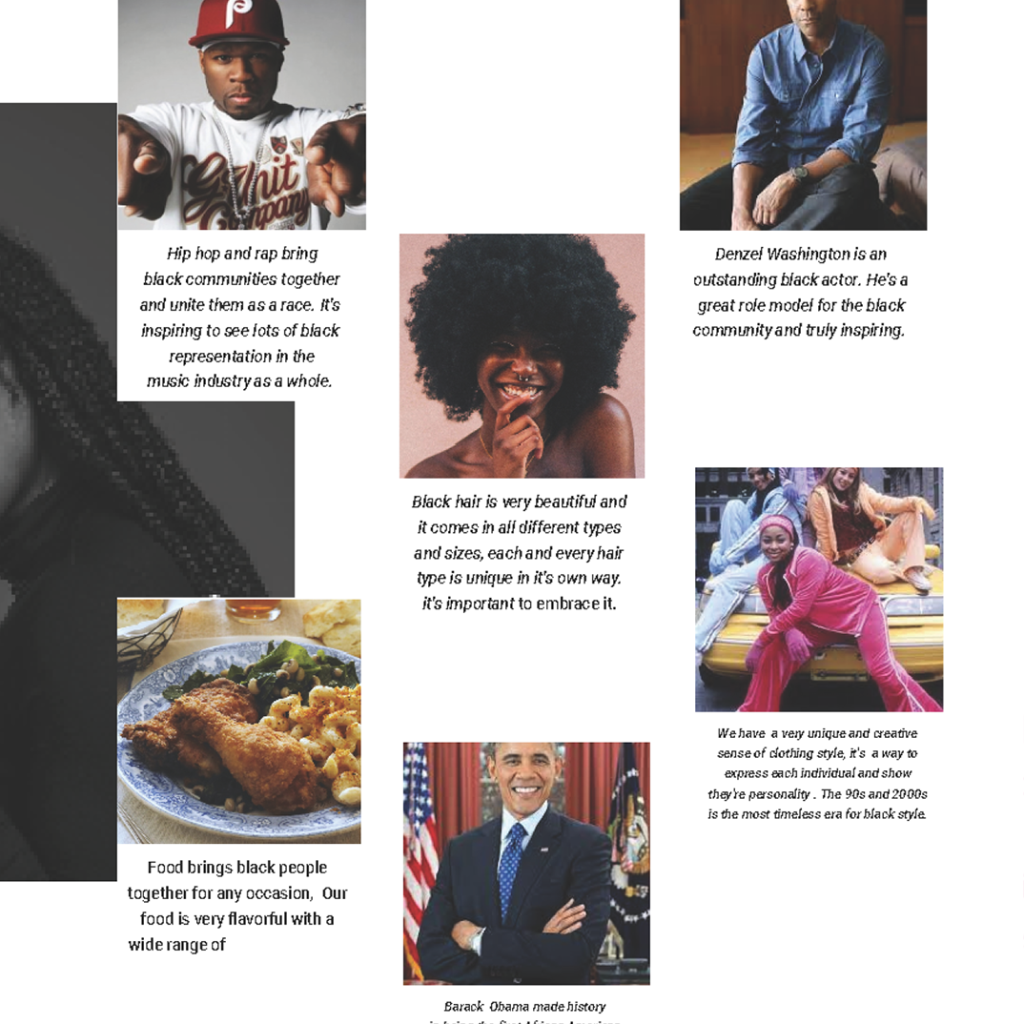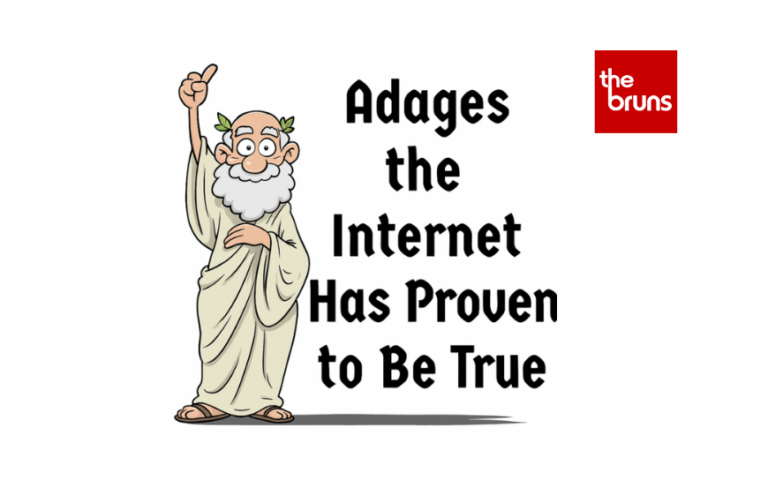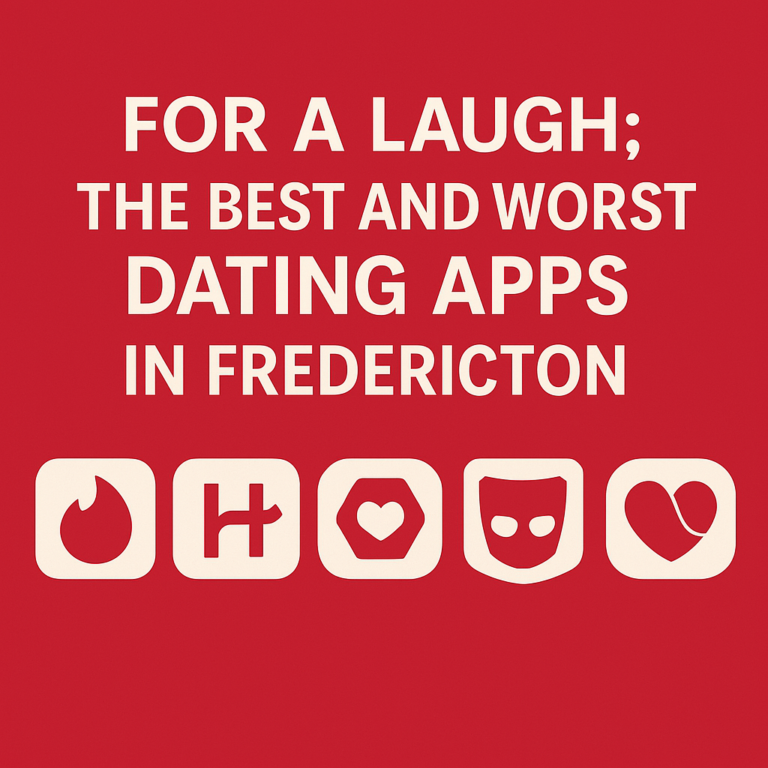As we continue to celebrate and learn about Black History Month this year, The Brunswickan met with Ms. Desiree Sparks to talk about how she approaches Black History Month and celebrates Black history in her classroom. Sparks is a teacher in North Preston, Nova Scotia, an area that has the highest concentration of African Canadians of any community in Canada.
Sparks teaches multiple subjects at her school including English, African Canadian Studies, African Heritage Literature, and Sociology. She shared her opinions on the importance of having educators actively teaching and celebrating diversity with students and young learners in this day and age.
“I think it’s really important because a lot of Black history is overlooked, and Black history is Canadian history and we celebrate Canadian history all-year, so, you know, it’s very important to integrate Black history with that…. It’s just important for students of African descent to know where they came from, so they know where they can go and where they’re going. And also for students who aren’t of African descent, right? They need to know as well.”
Looking at the social effects education has on people’s behaviours, Sparks added, “So then I think that, if you look at it in society, [learning about Black history] helps prevent stereotypes… that are kind of labelled on people of African descent or Black people. I think it helps with all of that, absolutely. It’s just important for everyone to know Black history because it is a part of Canadian history, American history, and world history.”
As an avid reader, Sparks found there was a lack of Black authors, especially Black Canadian authors being introduced in the curriculum when she was going through junior high.
“I believe when I was in highschool, I think they’d just introduced the African Heritage Literature course, so I did have the opportunity to take it. But my year previous to that – I was in grade 12, so like 11 years before that – I didn’t know Black books existed. I didn’t know there were books out there with characters that looked like me because that’s not what my experience was in school. There was always, you know, blond hair, blue eyes, so then when I go and write stories, I’m like, ‘How can I write a story about myself if I don’t even know what that looks like?’”
Sparks also shared her experiences with teaching kids about Black history, and fostering their understanding and appreciation for their heritage.
“What we’ve been doing lately in my African Canadian Studies is… [the students] will do some research, and we’ll try to find something that has to do with Black history or the Black invention or an important person of African descent that was born [on the day of their assigned presentation date, and talk for ten minutes about their findings afterwards]. We’ve also been learning about the Black Loyalists in Nova Scotia, and this is something I didn’t learn growing up so it’s really, really important….”
According to Sparks, the responses from students on the topic have been outstanding.
“Oh, they love it because it’s not something that they’ve been taught throughout their elementary and junior high years, so they’re just really, really intrigued and interested in it,” said Sparks. “It’s brand new to them and they feel like they can connect to it….”
Sparks also provided her students with local examples to help with their learning experience.
“We watched ‘The Book of Negroes’ and they were really into that. I was surprised [to see the enthusiasm]. It’s a series, and a few of the episodes were created here in Nova Scotia so they were really excited about that. I didn’t think they were going to [show so much enthusiasm], so I was very happy about that!”
Sparks noted that she had integrated Pressto into her lessons. Pressto is a website that helps students K-12 develop writing and journalism skills, which aids in creative history learning. Pressto designs are also downloadable and can be made into zines for a more interactive experience.
We also talked to Daniel Stedman, Pressto’s founder, about his idea and inspiration for creating this accessible platform.
“As the founder of Brooklyn Magazine, I was inspired to volunteer at student newspapers in Brooklyn, when I discovered that many had closed,” said Stedman. “Later, I volunteered to start an elementary school newspaper where my son Graham was in kindergarten. This was the inspiration to start a platform that would make student journalism incredibly simple and intuitive…. Nobody has figured out how to make writing engaging for students and easy for teachers – it’s intimidating for both, and we see the results in the news every day, like disinformation, science denial, etc. Now, our mission is to create a better way to write.”
Sparks’ Pressto assignment for her students focused on the Black communities and ways non-Black people view them. Students were instructed to tell their stories living in the Black community, what they’re proud of, and what makes them proud to be Black.
“[The students] had a really good time making the zines. They call it the ‘Fun Class.’ It’s just a creative outlet that I find gives students the ability to get their stories out there without pressure… and they use technology everyday, so they’re used to taking images and making captions. They use Instagram and Snapchat so it’s very familiar to them, and they appreciated that.”
Stedman also shared his excitement about seeing students and teachers engaging with the platform.
“It gives everyone on the Pressto team an immense feeling of pride to see students find their voice and agency by using Pressto,” said Stedman. “We’ve had fourth and fifth grade students feel successful with writing for the first time in their lives. Hearing these stories is incredibly rewarding.”




